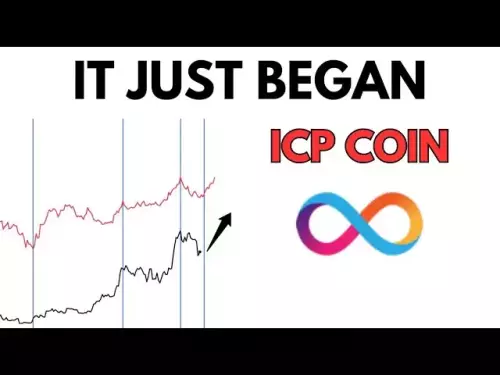-
 bitcoin
bitcoin $116671.700731 USD
-0.07% -
 ethereum
ethereum $4614.067903 USD
2.14% -
 xrp
xrp $3.088291 USD
1.49% -
 tether
tether $1.000362 USD
-0.01% -
 bnb
bnb $987.229886 USD
2.93% -
 solana
solana $245.931058 USD
3.98% -
 usd-coin
usd-coin $0.999926 USD
-0.02% -
 dogecoin
dogecoin $0.282081 USD
4.73% -
 cardano
cardano $0.916372 USD
4.08% -
 tron
tron $0.343952 USD
0.28% -
 hyperliquid
hyperliquid $58.838953 USD
8.45% -
 chainlink
chainlink $23.998618 USD
2.02% -
 ethena-usde
ethena-usde $1.001077 USD
-0.02% -
 avalanche
avalanche $32.209027 USD
7.08% -
 sui
sui $3.800649 USD
5.65%
How to calculate position size for futures?
Proper position sizing in crypto futures limits risk to 1–5% of account balance, using stop-loss distance and contract risk to determine optimal trade size and avoid over-leveraging.
Sep 16, 2025 at 12:54 pm
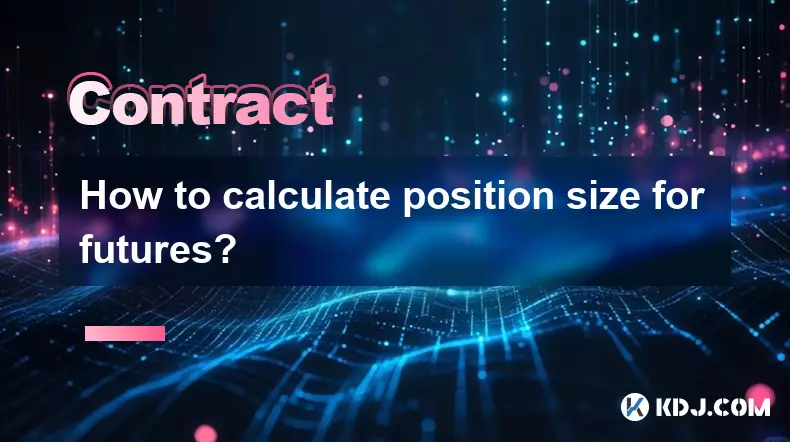
Understanding Position Sizing in Futures Trading
1. Position sizing in futures trading determines how much capital to allocate to a single trade based on risk tolerance and account size. It is a crucial component of risk management, especially in the volatile cryptocurrency futures market. Traders who fail to calculate proper position sizes expose themselves to excessive drawdowns and potential liquidation.
2. The core idea is to limit the amount of capital at risk per trade, typically between 1% and 5% of the total account balance. This percentage varies depending on a trader’s risk profile. For example, a conservative trader may risk only 1% per trade, while an aggressive trader might go up to 3%.
3. Futures contracts are leveraged instruments, meaning small price movements can result in large gains or losses. Proper position sizing helps mitigate the amplified risks introduced by leverage. Without a structured approach, traders may over-leverage their accounts, leading to rapid capital depletion during adverse market moves.
4. The calculation must account for the distance between entry and stop-loss levels, as this defines the risk per contract. By knowing the dollar amount at risk per contract and the total capital willing to be risked, a trader can derive the appropriate number of contracts to enter.
Key Variables in Position Size Calculation
1. Account Risk refers to the total dollar amount a trader is willing to lose on a single trade. This is derived by multiplying the account balance by the chosen risk percentage. For instance, a $10,000 account with a 2% risk tolerance allows $200 to be risked on one trade.
2. Stop-Loss Distance is the difference in price between the entry point and the stop-loss level. This value, measured in dollars or basis points, determines how much the market can move against the position before triggering an exit.
3. Contract Risk is the monetary loss incurred if the stop-loss is hit. It is calculated by multiplying the stop-loss distance by the value per tick or pip, depending on the exchange’s quoting convention. For example, if the stop-loss is 100 points away and each point is worth $1, the contract risk is $100.
4. The Position Size is then calculated by dividing the account risk by the contract risk. Using the earlier example, $200 (account risk) divided by $100 (contract risk) equals 2 contracts. This ensures the total exposure aligns with the predefined risk parameters.
Practical Example Using Crypto Futures
1. Assume a trader has a $25,000 account and decides to risk 1.5% on a Bitcoin futures trade. The account risk is $375 ($25,000 × 0.015). The entry price is set at $60,000, with a stop-loss at $58,500, creating a $1,500 stop-loss distance.
2. If each futures contract has a multiplier of $1 per dollar move in BTC price, then the risk per contract is $1,500. Dividing $375 (account risk) by $1,500 (contract risk) results in 0.25 contracts. Since most exchanges require whole contracts, the trader would round down to 0 or consider adjusting the stop-loss or risk percentage.
3. Adjusting the stop-loss to $59,000 reduces the stop-loss distance to $1,000. Now, the contract risk is $1,000, and $375 divided by $1,000 equals 0.375 contracts. This still may not allow for a full contract, indicating the need to reassess either the risk tolerance or the trade setup.
4. Alternatively, increasing the risk to 2% raises the account risk to $500. With a $1,000 stop-loss distance, the position size becomes 0.5 contracts. Some platforms allow fractional contracts, enabling the trader to execute this position precisely.
Common Pitfalls and Risk Considerations
1. Traders often miscalculate position size by ignoring funding rates, slippage, and liquidation thresholds. These factors can increase the actual cost of a trade beyond the theoretical risk. For instance, high funding rates in perpetual futures contracts can erode profits over time, especially in long-term positions.
2. Over-leveraging remains a major issue. A position that fits within risk parameters on paper can still lead to liquidation if leverage is too high. Exchanges apply maintenance margins, and price volatility can trigger margin calls before the stop-loss is reached.
3. Emotional bias leads some traders to override calculated position sizes during strong market momentum. Increasing size beyond the plan violates risk discipline and can result in outsized losses when reversals occur.
4. Market liquidity affects execution. In low-liquidity conditions, the actual fill price may differ significantly from the intended entry or stop-loss level, distorting the risk-reward ratio. This is especially relevant in altcoin futures, where spreads can widen during volatility.
Frequently Asked Questions
How does leverage affect position sizing?Leverage amplifies both gains and losses but does not directly change the position size calculation. However, higher leverage reduces the margin required, allowing larger positions. Traders must ensure that the dollar risk remains within limits regardless of leverage used.
Can position sizing be automated?Yes, many trading platforms and bots support automated position sizing based on predefined risk parameters. Traders can input account size, risk percentage, entry, and stop-loss levels, and the system calculates the correct contract amount automatically.
What happens if my stop-loss is wider than my risk allows?If the stop-loss distance results in a contract risk that exceeds the account risk, no valid position size exists under the current parameters. The trader must either reduce the risk percentage, adjust the stop-loss, or skip the trade.
Is position sizing different for long and short futures trades?No, the calculation method remains identical for both long and short positions. The key variables—account risk, stop-loss distance, and contract value—are applied the same way regardless of trade direction.
Disclaimer:info@kdj.com
The information provided is not trading advice. kdj.com does not assume any responsibility for any investments made based on the information provided in this article. Cryptocurrencies are highly volatile and it is highly recommended that you invest with caution after thorough research!
If you believe that the content used on this website infringes your copyright, please contact us immediately (info@kdj.com) and we will delete it promptly.
- Navigating Crypto Investments with Messari: A Guide to SEI and Beyond
- 2025-09-19 03:05:17
- XRP, U.S. Reserve & ETF Hype: What's the Deal?
- 2025-09-19 02:45:11
- Dogecoin, ETFs, and Meme Coins: A New Era for Digital Assets?
- 2025-09-19 03:05:17
- Dogecoin ETF Debuts with a Bang: A New Era for Meme Coin Investing?
- 2025-09-19 03:17:54
- Brera Rebrands as Solmate: A New Era for SOL Treasury?
- 2025-09-19 03:17:54
- Kenya Token Deepfake Crypto Scam: A New Low for Crypto Crime?
- 2025-09-19 02:45:11
Related knowledge

What is the long-short position ratio?
Sep 18,2025 at 08:36pm
Understanding the Long-Short Position Ratio in Crypto TradingThe long-short position ratio is a key metric used by traders and analysts in the cryptoc...
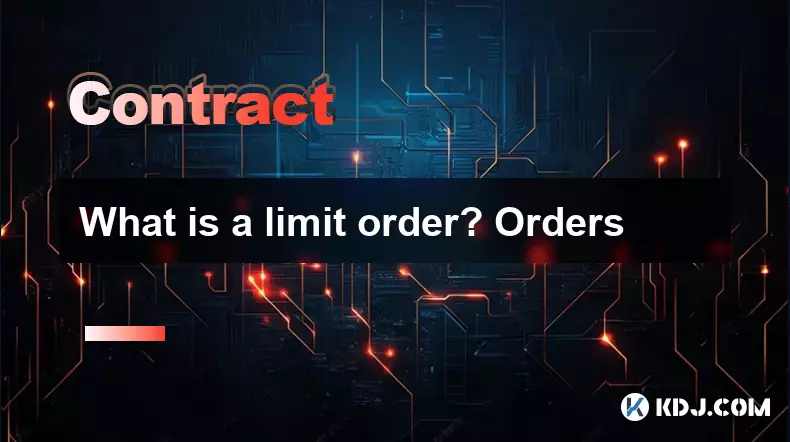
What is a limit order? Orders
Sep 19,2025 at 12:36am
Understanding Limit Orders in the Cryptocurrency Market1. A limit order is a type of trade instruction that allows traders to set a specific price at ...
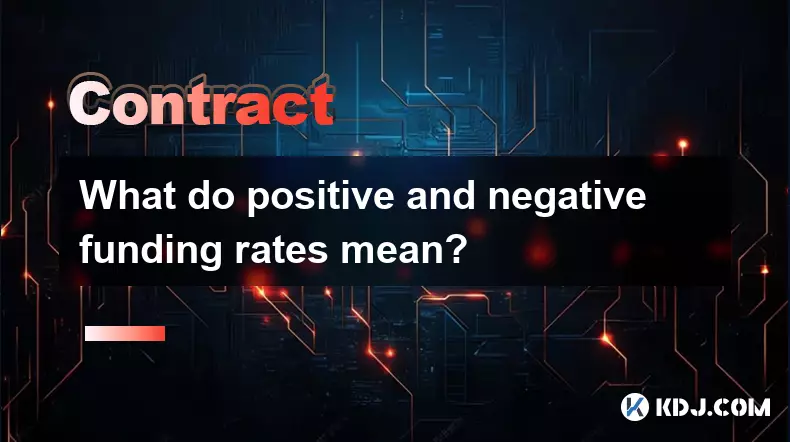
What do positive and negative funding rates mean?
Sep 18,2025 at 10:18pm
Understanding Funding Rates in Crypto DerivativesFunding rates are a crucial mechanism in perpetual futures contracts within the cryptocurrency market...
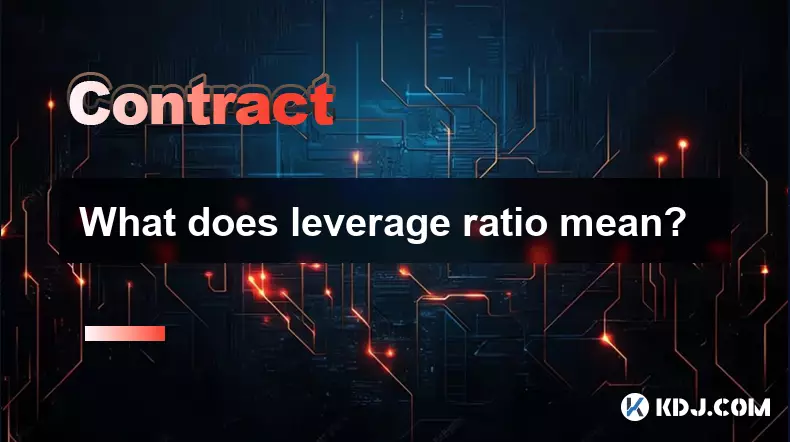
What does leverage ratio mean?
Sep 18,2025 at 07:19pm
Leverage Ratio in the Cryptocurrency Trading ContextIn cryptocurrency trading, the leverage ratio defines the amount of borrowed capital a trader can ...
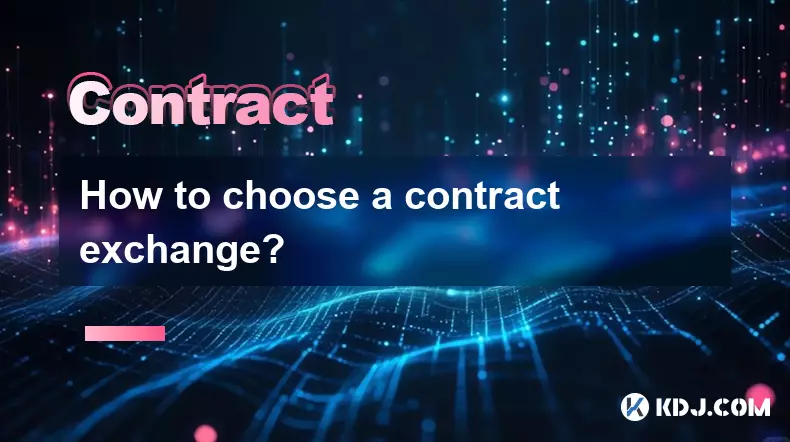
How to choose a contract exchange?
Sep 19,2025 at 12:18am
Understanding the Security Measures of a Contract Exchange1. A reliable contract exchange must implement advanced encryption protocols to safeguard us...

How can I access the KuCoin futures test network?
Sep 18,2025 at 05:00pm
To access the KuCoin futures test network, users must first register on the KuCoin official website and navigate to the testnet section through the fu...

What is the long-short position ratio?
Sep 18,2025 at 08:36pm
Understanding the Long-Short Position Ratio in Crypto TradingThe long-short position ratio is a key metric used by traders and analysts in the cryptoc...

What is a limit order? Orders
Sep 19,2025 at 12:36am
Understanding Limit Orders in the Cryptocurrency Market1. A limit order is a type of trade instruction that allows traders to set a specific price at ...

What do positive and negative funding rates mean?
Sep 18,2025 at 10:18pm
Understanding Funding Rates in Crypto DerivativesFunding rates are a crucial mechanism in perpetual futures contracts within the cryptocurrency market...

What does leverage ratio mean?
Sep 18,2025 at 07:19pm
Leverage Ratio in the Cryptocurrency Trading ContextIn cryptocurrency trading, the leverage ratio defines the amount of borrowed capital a trader can ...

How to choose a contract exchange?
Sep 19,2025 at 12:18am
Understanding the Security Measures of a Contract Exchange1. A reliable contract exchange must implement advanced encryption protocols to safeguard us...

How can I access the KuCoin futures test network?
Sep 18,2025 at 05:00pm
To access the KuCoin futures test network, users must first register on the KuCoin official website and navigate to the testnet section through the fu...
See all articles

























![[Pycoin] PI Coin -Preparation of Binance Listing !! Prepare 'like this' [Pycoin] PI Coin -Preparation of Binance Listing !! Prepare 'like this'](/uploads/2025/09/18/cryptocurrencies-news/videos/pycoin-pi-coin-preparation-binance-listing-prepare/68cc02628e956_image_500_375.webp)
